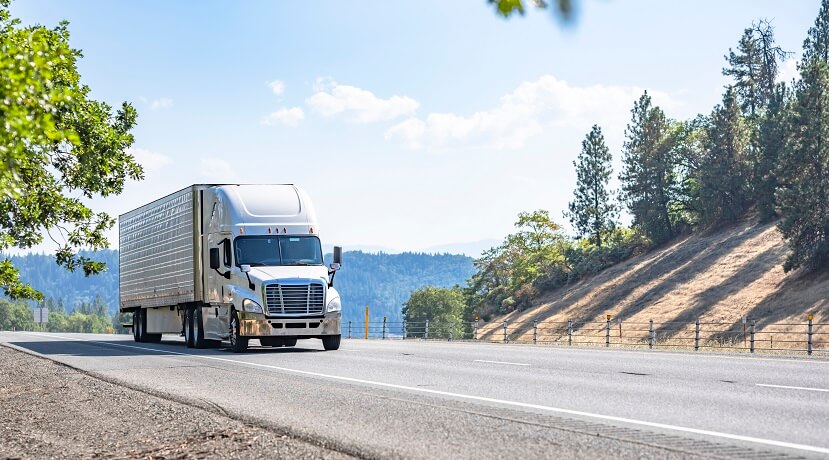
4 Ways Telematics Can Help Fleets and Drivers During the Summer
Summer is a time that many look forward to all year. It evokes memories of sunny days, vacations, burgers and hot dogs on the grill, time in the pool, and carefree attitudes that make the gray chill of winter feel galaxies away.
When it comes to driving conditions, summer is more associated with clearer skies and long road trips than storms, flooding, and vehicle breakdowns. But that doesn’t mean fleets and drivers can take the warmest season for granted.
For starters, hurricane season starts just after Memorial Day and peaks in early September before the fall equinox. This puts extra stress on drivers and fleet managers who travel along or near the eastern seaboard or Gulf Coast. But even “regular” storms and seasonal heat waves can cause major issues on the road.
Fortunately, telematics can help carriers and drivers guard against costly summer issues. Let’s take a brief look at a few ways telematics can help beat the heat and abnormal weather events.
Geofencing solutions with weather alerts

Suppose a driver is coming to the last few hours of his shift for the day. It’s a muggy June afternoon, the clouds are getting gray, and the wind is blowing ominously. He or she is in a region of the country where storms can pop up at a minute’s notice.
The driver knows it could storm but wouldn’t normally be sure about the potential severity without assistance from technology. Weather alert services that integrate with telematics platforms can use geofencing technology to notify drivers when they enter areas under thunderstorm watches or warnings, or where severe weather like tornadoes is imminent. Drivewyze is one example of such a service.
Additionally, geofencing can help drivers stay away from a hazardous area, such as a flooded lot.
Stopping unnecessary idling
Idling a truck can help a driver stay cool, but it’s not exactly cost-effective for fleets due to fuel consumption and engine wear and tear. Telematics can help drivers and fleets achieve the best of both worlds by automatically turning off the engine once the cab is at an optimized temperature.
Coupled with some additional steps drivers can take, truck and driver can keep from getting burned out in the summer months.
Checking battery voltages
It’s easy to take a battery for granted until it’s your or your fleet’s truck that won’t start. In especially warm climates or during unusually blazing seasons, batteries can get drained and lose their charge rapidly.
An unexpected battery failure isn’t in anyone’s plan for transporting freight, so it’s crucial to know about battery health at any given moment through telematics—and be alerted when voltages are running low.
Pinpointing driver fatigue
Video telematics have grown by leaps and bounds in recent years, with traditional in-cab and outward-facing dash cams being augmented by new technologies that help evaluate driver performance, including alertness.
With an in-cab camera outfitted with AI capabilities, fleet managers can be informed when a driver is showing signs of exhaustion or drowsiness, such as closing their eyes for more than a second or two at a time, head tilts, or looking away from the road. While these behaviors can occur at any time of year, the heat of the summer can make them more likely, especially if the driver has additional responsibilities and labor on some loads.
If drivers are struggling with fatigue, automated driver coaching and safety programs from Predictive Coach can help address the issues and improve alertness on the road.
Make summer as worry-free as possible with telematics
While you can’t stop Mother Nature, you can take steps to mitigate summer heat and storms in your fleet or owner-operator business by investing in telematics and utilizing their full range of data-driven insights and integrations. To learn more about the solutions offered by Transflo, Assured Telematics, and its partners, contact us today.
TL;DR
Summer driving brings unique challenges for fleets despite generally better weather conditions. Telematics technology can help address four key summer issues: (1) Weather alerts through geofencing that warn drivers when entering severe weather zones, (2) Smart idling management that automatically shuts off engines when cabs reach optimal temperature to save fuel, (3) Battery monitoring to prevent unexpected failures since heat drains batteries faster, and (4) Fatigue detection using AI-powered cameras to spot drowsiness signs that may increase in summer heat.



